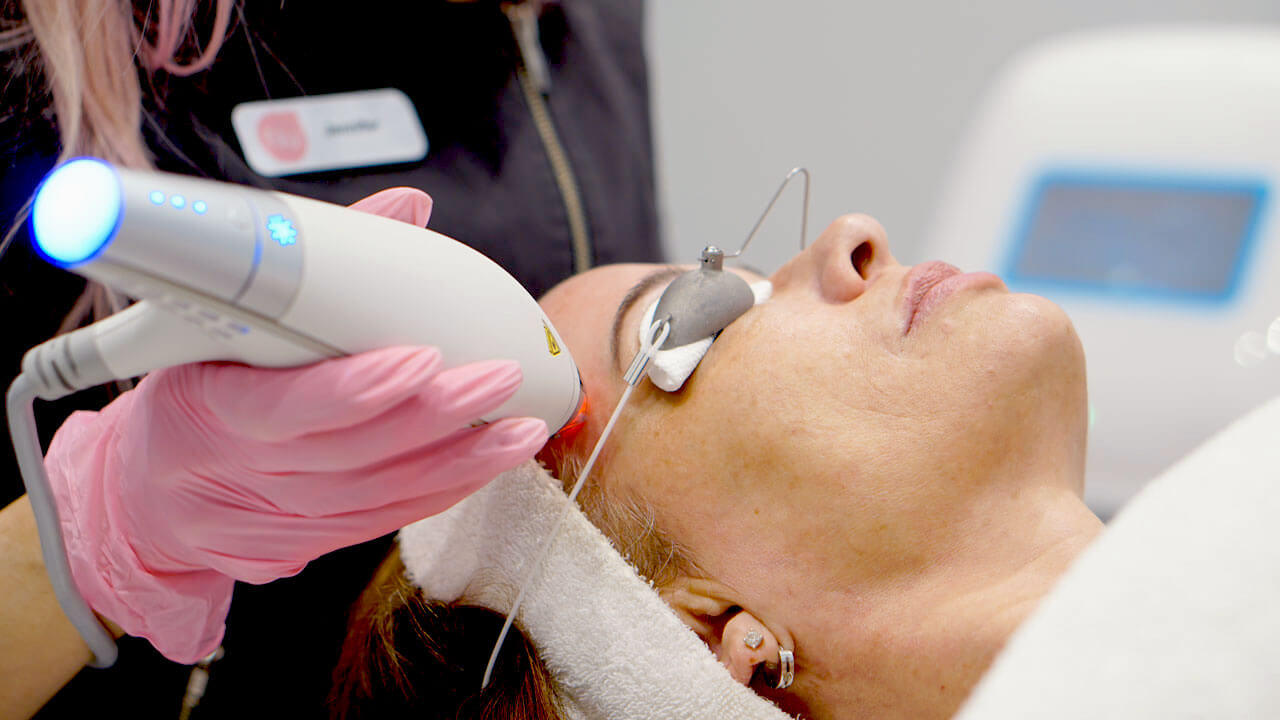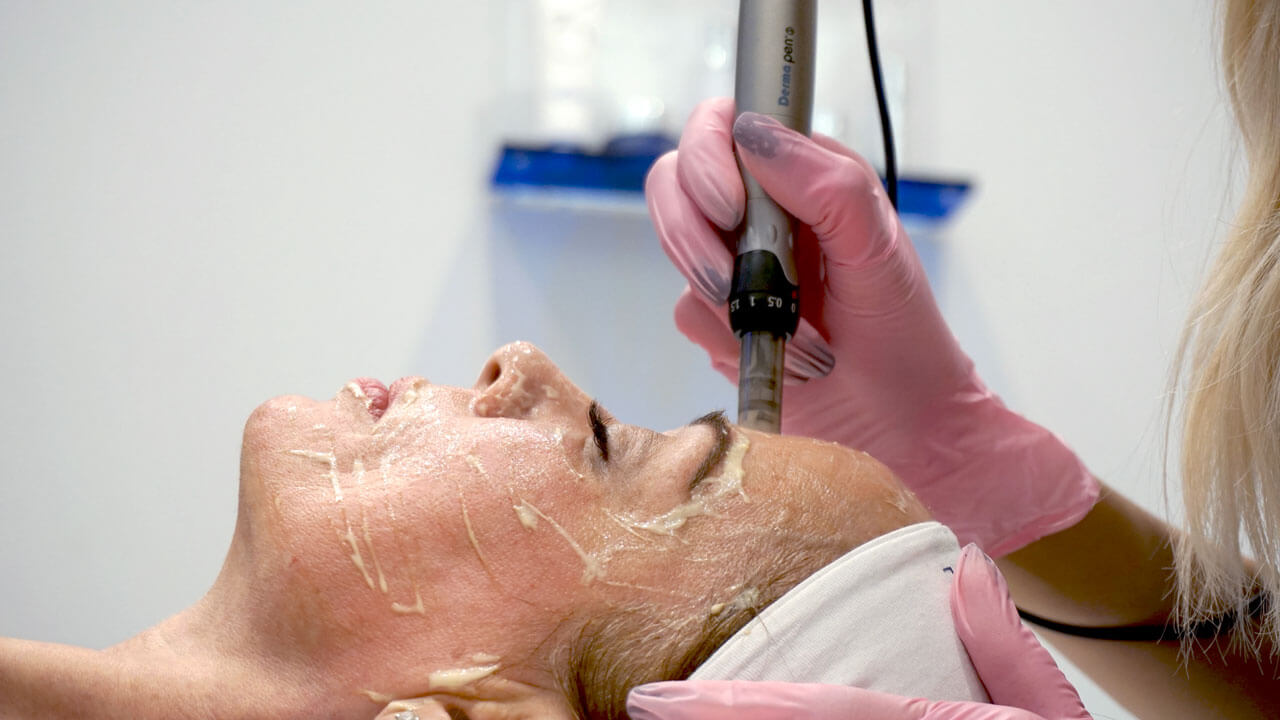What is Melasma?
Melasma is a chronic and very common skin condition that causes dark, discoloured patches of pigmentation on the skin. Most people will get melasma on their cheeks, bridge of the nose, forehead, chin and above their upper lip. Melasma may also appear on other parts of the body that get significant sun exposure, such as the forearms and neck.
Melasma may also be called chloasma or “pregnancy mask”, as it is commonly triggered during pregnancy. It is much more common in women than men, though men can get it too. Women that have never been pregnant may also get melasma.
When you know what to look for, it is easy to tell Melasma from regular Hyperpigmentation. Melasma typically appears as symmetric blotchy dark patches on the face, usually on the cheeks, forehead, and upper lip most commonly. It is often triggered by hormonal influences, however just like regular hyperpigmentation, melasma can also worsen with visible light and heat.
What causes Melasma?
Melasma is thought to be largely hormonally induced or influenced pigmentation, however it is still not known with certainty the exact cause of this pigmentation. Estrogen and progesterone sensitivity are associated with the condition, meaning that birth control, pregnancy, menopause and hormone therapy can trigger melasma. Stress and thyroid dysfunction are also thought to be a contributing factor of melasma.
The Stretch Test
With melasma, your pigment producing cell (the melanocyte) is essentially malfunctioning and delivering pigment both upward through the epidermis, but also ‘dropping’ the pigment below into an area of skin called epidermal junction. We can perform a simple stretch test to confirm melasma. If the pigment disperses when the skin is stretched, it means that the excess melanin has only been deposited into the upper epidermis. If the pigment remains the same when the skin is stretched, that signifies melanin has been deposited into the deeper epidermal junction portion of the skin.
Treating Melasma
Currently there is no permanent solution for melasma, as it still isn’t totally clear what causes the condition. Estrogen and progesterone sensitivity are associated with the condition, meaning that birth control, pregnancy, menopause and hormone therapy can all trigger melasma. Stress and thyroid dysfunction are also thought to be a contributing factor of melasma. Until internal factors are addressed, we can expect to continually be working to suppress pigment production.
The best course of action for treating melasma is pigment suppression. In warmer months we may utilize botanical ingredients such as licorice root and kojic acid, while in fall and spring hydroquinone and retinol are the treatment options of choice. Pigment production is a complicated process, however this process is easily interrupted by stopping a certain protein, called a tyrosinase enzyme, which communicates to the melanocyte to produce melanin (pigment). Licorice root, kojic acid, and hydroquinone all work in their own way to suppress this enzyme and thus preventing pigmentation. Additionally, wearing sunscreen daily is an absolute must.


Although traditional lasers for pigmentation (Alexandrite and IPL) are not suitable for melasma as they can worsen the pigment, the low-energy from a Clear and Brilliant Permea treatment is ideal for treating melasma. Clear & Brilliant works by evaporating channels in the mid- layer of your skin to create a fractional injury. The pigment absorbs more of the heat energy, which allows it to shatter into smaller pieces that your immune and lymphatic cells can flush out. Clear & Brilliant also gently resurfaces the skin.
Since Microneedling is not relying on any heat or light energy throughout the treatment, it is generally safe and effective for melasma. Typically when treating pigmentation with Microneedling, a “bloodless” protocol is followed. However, since melasma drops into the Epidermal Junction and sometimes upper Papillary Dermis, we want to see occasional pinpoint bleeding. Microneedling creates a controlled injury response in the skin by physically creating channels in the upper-mid layer of the skin. As the needles pass through clusters of pigment, they are physically shattered into tiny pieces. We also infuse the skin with antiinflammatory and antioxidant serums, including tyrosinase inhibitors. We may also add a “peel” booster at the end of the treatment which contains further tyrosinase inhibitors and exfoliators to speed up the resurfacing of pigment.

